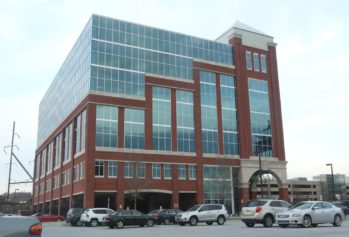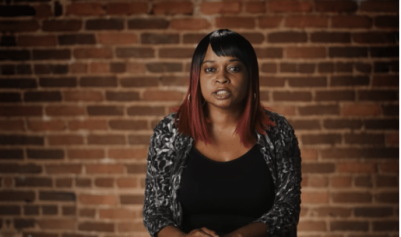Schools that are filled with low-income, Black and Hispanics students across the country are far more likely to have inexperienced teachers compared to schools in wealthier areas, the Education Department revealed this week.
The data went far toward confirming what many parents have long suspected—that the schools and students most in need of experienced hands in the classroom are the ones least likely to get them.
The Education Dept. created educational profiles and sent them to schools across the nation, highlighting their shortcomings and informing them of how they can better distribute educators throughout school districts.
The profiles were part of the Obama administration’s Excellent Educators for All initiative, which aims to reduce education inequality for students of different socioeconomic backgrounds.
Studies have proven that the inexperience of the teaching staff is one of the reasons children in low-income neighborhoods often receive a sub-par education.
Now individual states have been given the responsibility of redistributing teachers across the many school districts to ensure more experienced teachers are not concentrated in wealthy areas while new, inexperienced teachers are concentrated in low-income areas.
The compiled data revealed that Mississippi, Missouri, and Alaska have the greatest gaps in the percent of new teachers teaching in low-income schools compared to rich ones.
Alaska had a nearly 9 percent difference, Mississippi had more than a 6 percent difference, and Missouri had more than a 5 percent difference.
The data was even more concerning when it came to experienced educators in “high minority” schools.
Maryland, Delaware, Louisiana and Alaska all had percentage gaps for quality teachers in “high minority” schools compared to “low minority” schools that were greater than nine percent.
Louisiana had the largest gap of a staggering 15.1 percent.
Other states like New York, Pennsylvania and Mississippi also had significantly larger gaps than the other states.
The lack of access to quality education in Black neighborhoods is a part of a vicious cycle that leaves many people in the Black community struggling to fight off poverty.
Without a quality education at the K-12 levels, many students of color are left unprepared for a secondary education, which ultimately leaves them struggling in the job market.
This is precisely the type of cycle that the Excellent Educators for All initiative hopes to eliminate.
While some of the states, like Utah, Connecticut and Oregon, were actually found to have more experienced teachers concentrated in “high minority districts,” these states also had significantly lower Black populations.


